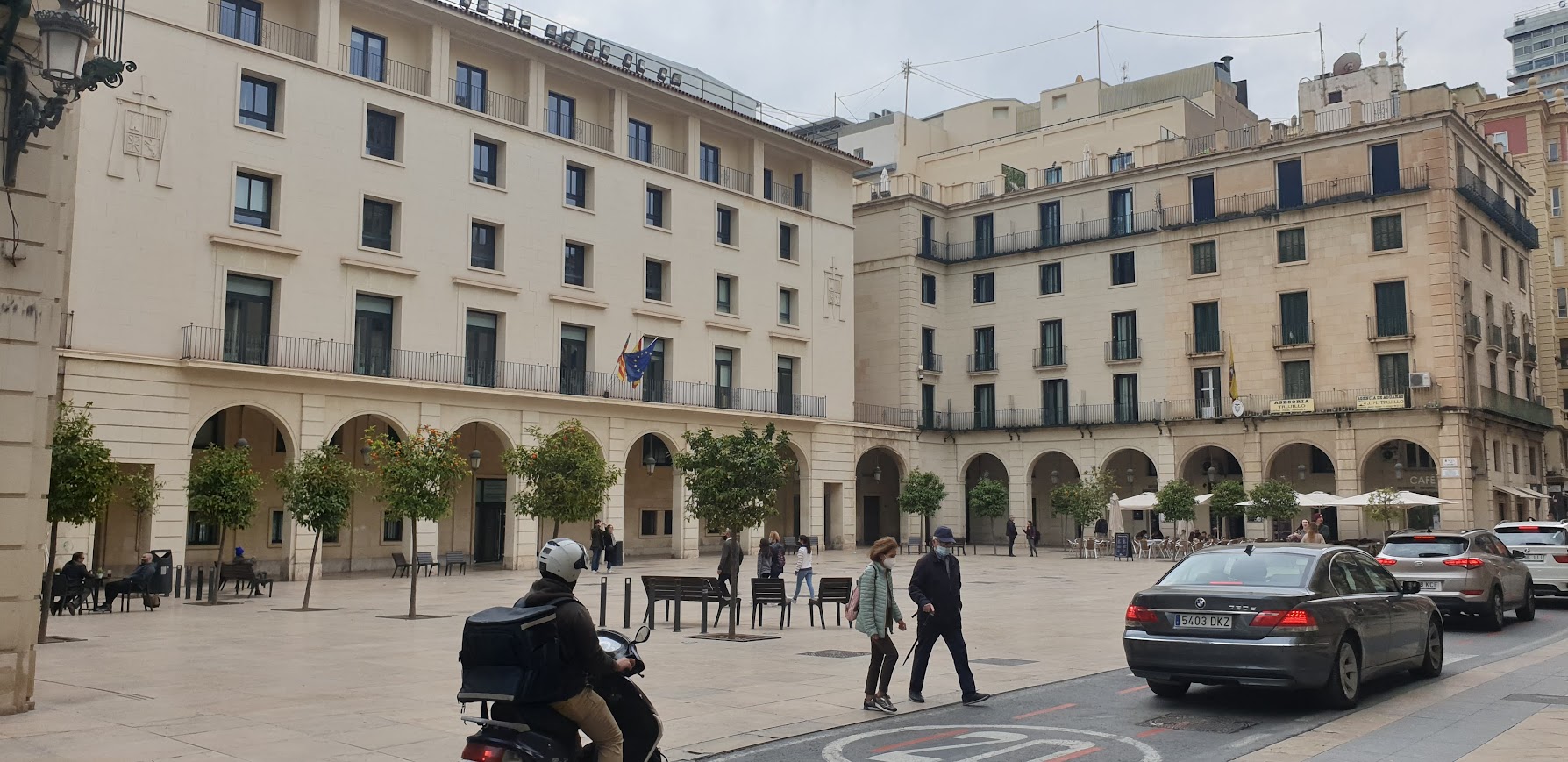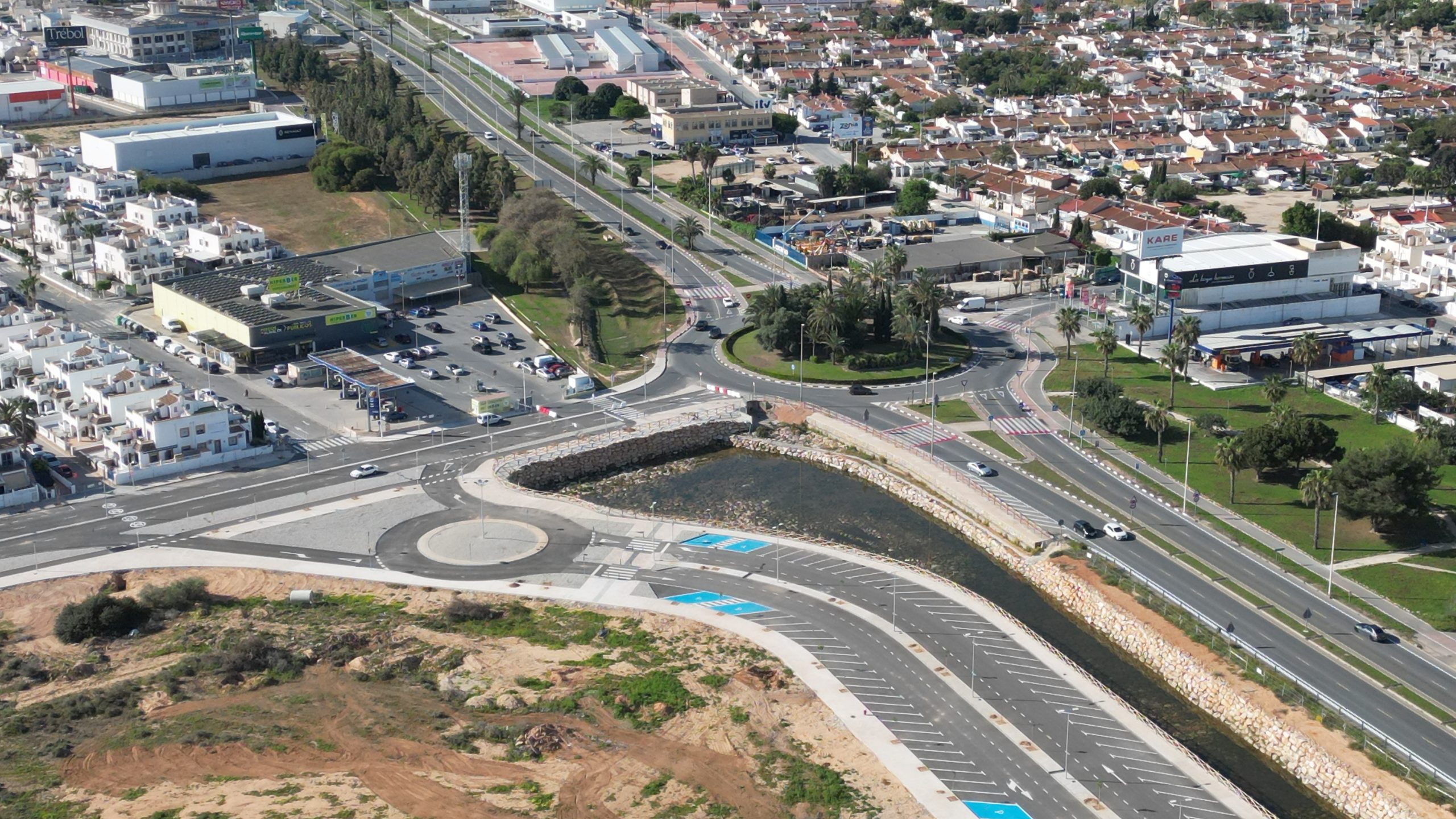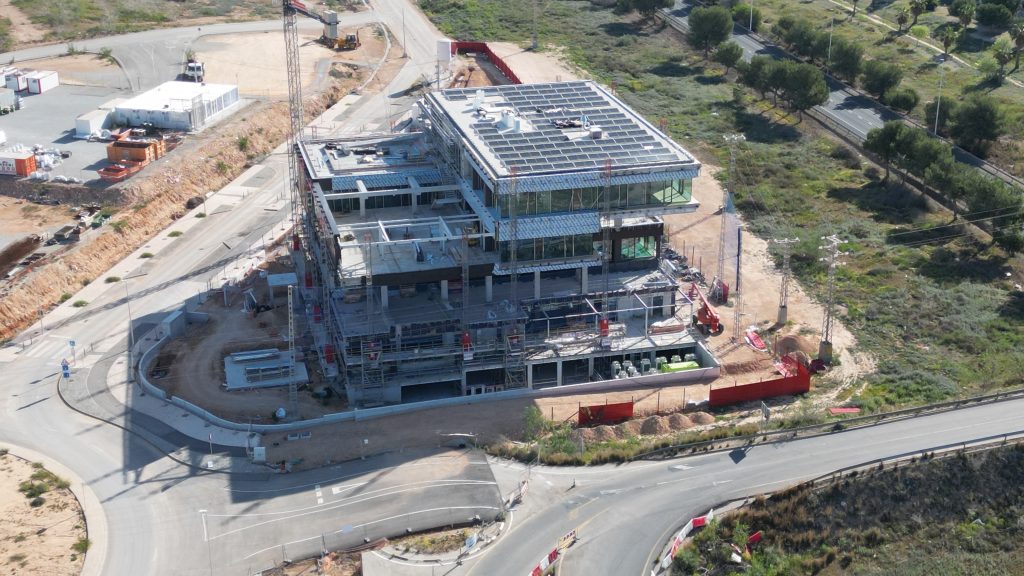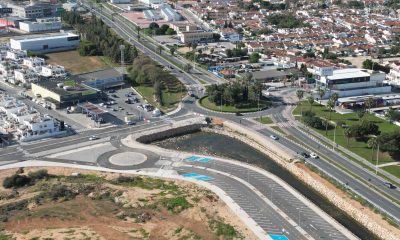Costa Blanca
The Valencian Community leads the growth of foreign tourism in Spain in 2024

The Valencian Community is leading the growth of foreign tourism in Spain in 2024, recording a year-on-year increase of 14% in the number of arrivals of foreign visitors and 21.3% in their tourist spending, thus exceeding the national average growth of 10.1% and 16.1% respectively.
According to the results of the surveys published this Monday by the National Institute of Statistics, and referring to Tourist Movements at the Border (Frontur) and the Tourist Expenditure Survey (Egatur), the Valencian Community has registered a record of foreign tourist arrivals for a year with 11,938,668 international tourists. In 2023, a total of 10.5 million foreign tourists visited the region.
The disbursement has also been historic with 15,1 billion euro in 2024. The market that has contributed most to this increase in accumulated foreign spending in the Valencian Community has been the British market, which has spent 3,3 billion euro from January to December, 23% more than in the previous year. It is followed by the French market, which has left 2,4 billion euro, 20% more year-on-year, and the Nordic countries, which, with 1,7 billion euro spent, have increased their spending by 35.1% year-on-year.
The regional minister for Innovation, Industry, Trade and Tourism, Marián Cano, stressed that “these are the best results in the entire historical series, thus continuing the upward trend in foreign tourism in recent months”. She also stressed that “we have managed to close the year meeting forecasts, both in arrivals and in revenue, despite the adversities”.
For the head of Tourism, these results reinforce the importance and positioning of the Valencian Community as a top-level tourist destination in international markets, “we continue to be a destination open to the world,” she added.
Cano also highlighted the significant growth in tourism spending, which she says “will continue to evolve favourably in the Valencian Community in 2025, a year in which a new record is expected in this activity”. The councillor recalled that increasing foreign spending is one of the challenges that this Council has always had, and stressed that “we will continue with this commitment, since there is strength in demand; in addition, deseasonalisation will contribute to spreading it beyond the natural limits of the high season”.
She also wanted to underline the commitment of the Generalitat to “continue promoting the Valencian Community both in consolidated markets and in new emerging markets, such as the United States, China and Japan.”
Average spending and arrivals by market
In 2024, each foreign visitor spent an average of 1,271 euro in the Valencian Community, 6.4% more than the previous year, and with an average stay of 9.7 days, 2.7% higher than in 2023. The average daily expenditure stands at 131 euro, which represents a year-on-year growth of 3.6%.
By market, the most important nationality for the Valencian Community continues to be the United Kingdom, with the arrival of 2,944,576 Brits in 2024, 10.9% more year-on-year.
France is next with 2,259,403 tourists, 14.9% more than the previous year; the Nordic countries with 1,038,311 tourists, 19.9% more than the previous year; and the Netherlands, with 906,776 visitors, representing a growth of 16.6%.
In addition, the German market is expected to grow by 3% in 2024 with the arrival of 757,544 Germans and tourists from Italy reaching 589,268, 4.5% more than in the previous year.
December month results
In December alone, international tourists visited the Valencian Community in total, amounting to 667,825, spending 850 million euro, which represents a year-on-year increase of 2.2%.
In the same month, each visitor spent an average of 1,272 euro, 9% more than in December 2023; and spending per day reached 111 euro, 6.5% more year-on-year. The average length of stay among tourists was 11.5 days with 7.7 million overnight stays.
By market, the main emitters were the British, which grew by 3.4%, the French and the Nordic countries, the latter with a significant year-on-year increase of 59.4%. However, arrivals of Italian and German tourists were affected.
Discover more from Costa Blanca Daily
Subscribe to get the latest posts sent to your email.
Costa Blanca
Two years in prison for smashing a glass in a young man’s face

The Alicante Court has sentenced a 33-year-old man to two years in prison for assaulting another man and causing facial injuries by breaking a glass during a dispute at a nightclub in Aspe.
The defendant, who was 27 years old at the time, arrived at the establishment with three other unidentified individuals at approximately 5:10 a.m. on February 17th, 2019. The altercation ensued within the establishment.
The victim was involved in an incident with the four for reasons that remain unexplained. The defendant struck him in the face with a glass, resulting in a fracture that needed medical attention, and the four individuals who were present at the time began punching and shoving him.
The victim, who was 22 years old at the time of the incident, required 63 days to recuperate from the injuries sustained in the attack, according to the sentence issued by a court in the Tenth Section.
At the commencement of the April 14th hearing, the defendant acknowledged the assault after reaching a resolution with respect to the allegations. Consequently, the sentence determines that he is guilty of the offence of bodily injury with deformity. Consequently, he is sentenced to two years in prison, with the sentence suspended.
Additionally, the court ruling mandates that the victim be prohibited from approaching within 300 metres for a period of three years and that he be awarded €9,000 in compensation, with the obligation to pay the sum in monthly instalments of €500.
Discover more from Costa Blanca Daily
Subscribe to get the latest posts sent to your email.
Costa Blanca
Torrevieja fails to comply with its commitment to open new road at La Hoya for Easter

Eduardo Dolón (PP), the mayor of Torrevieja, announced at the beginning of April that the new Avenida José Carreras in the La Hoya residential area would be open to alleviate some of the traffic flow between the main access and exit road to the city, the CV-905, and the northern part of the town this Easter. However, the mayor’s announcement remains unfulfilled.
In his press conference last Thursday, April 17th , the Councillor for Traffic and Safety, Federico Alarcón, did not provide any explanation regarding the matter. Neither did the government team, even on Instagram, which is typically one of their primary communication channels.
This Easter Sunday, the road is still closed to traffic.
On April 3rd, Dolón responded to media enquiries by stating that municipal technicians and representatives of the developer had conducted numerous meetings to facilitate the opening of the four-lane avenue to traffic, with two lanes in each direction.
Given the significant tourist influx during Easter and the congested CV-95, the opening of this road was considered appropriate. By doing so, it would alleviate the traffic congestion.
The mayor clarified that the City Council must certify the first phase of the development being constructed, while a provisional acceptance of that section of road will be conducted.
Through the administrative process of reception, technicians verify that the works executed by a developer within an urban development plan that has been authorised by the municipality are in accordance with the project’s investment and on-site characteristics.
Víctor Costa, the Director General of Urban Planning at Torrevieja City Council, is currently responsible for validating receipts. It is crucial to consider the administrative process, as it is exceedingly challenging to hold the developer accountable in the event that the City Council identifies deficiencies subsequent to receipt.

The avenue is more comprehensive than those implemented in other developments in the area in terms of furniture, signage, safety, pedestrian conditions, and accessibility; it spans over one kilometre and the end of the new road, near the N332 (above) doesn’t look fit for traffic as there appears to be a steep incline making it impossible for the likes of buses to naviagate.
The connection between the CV-905 and the northeast area of the Torrevieja municipality has been closed for just over a year. This closure was due to the construction of the macro-urban development project, which will build 7,500 new residential homes in the sector starting in October 2023. The road, which is commonly referred to as the “swiggly road,” is used daily by hundreds of drivers to traverse the city centre.
This year, the Traffic Department has devised an alternative route that traverses numerous residential areas.
Discover more from Costa Blanca Daily
Subscribe to get the latest posts sent to your email.
Costa Blanca
Walkway from Aguamarina to La Caleta in Cabo Roig will reopen, again

According to the notification from the Provincial Expropriation Jury to the Orihuela City Council following its approval of the court’s appraisal report, the municipal coffers will incur a cost of 26,180 euros for the expropriation of the land to reopen the pedestrian crossing connecting Aguamarina with La Caleta in Cabo Roig, near the Bellavista development.
The City Council has now requested that the Treasury deposit the specified amount in the receptacle and proceed with the preoccupation of reopening the promenade this summer.
Unable to reach an agreement, the local government and the proprietors brought the process before the provincial jury. Almost 17 times the municipal technicians’ calculation (€69,113), the proprietors presented a valuation of €1.2 million for their 227-square-metre cliffside plots in January of last year.
Nevertheless, this proposition was a decrease from the 3 million euros that they had initially requested. The 52 residents of the residential complex have established a price of approximately 170,000 euros for the 142 square meters of land that is to be expropriated, which is a decrease from the previous price of 2 million euros. Conversely, Cabo Roig SA has requested 987,000 euros (previously 1 million euros) for 85 square meters of hotel use. The City Council’s initial assessment was 44,000 euros.
The jury ultimately found that the City Council had to pay just over €26,000. The 2024 budget allocated €600,000 for the expropriation of the land and the necessary works to reinstate an idyllic pedestrian promenade along the Orihuela coastline. This should be kept in mind. This promenade has been accessible to the public for many years, but it has been closed since December 2021. The City Council closed it in accordance with a court judgement, which necessitated a two-kilometre diversion for residents and numerous visitors to circumvent a section that was only 60 metres in length.
The residential development was authorised prior to the Coastal Law and the General Urban Development Plan (PGOU) of 1990, which mandated that the initial line be used for public purposes. Nevertheless, the City Council refrained from expropriating this section, which ensured the promenade’s continuity along the entire littoral. In 2013, the residents of the development constructed a wall to seal off the path that runs along the precipice and is adjacent to the gardens of their residences.
In 2013, the local government, at the request of the socialist Antonio Zapata, the councillor for urban planning at the time, initiated the process of restoring urban planning legality against the development. The process involved the installation of a barrier and a wall, which impeded traffic on the section.
In March 2015, City Hall employees employed sledgehammers to breach the gate and wall, thereby allowing the public access to the trail, with the support of the Supreme Court of Justice (TSJ). In 2016, the Elche Administrative Court ruled in favour of the residents of the development, annulling the rulings and directing City Hall to restore the cliff walkway at the Bellavista I residential complex, which was never considered public property.
Although the local government has been appealing its enforcement, the ruling became final when the City Council, which was then governed by the People’s Party (PP), did not appeal. The Provincial Coastal Service reported in May 2017 that a right of way impacted the land in Aguamarina. Consequently, the 52 residents of the residential complex were unable to close the passageway and were required to maintain it undisturbed.
The City Council filed an appeal against the October 4th, 2018, order, which ordered the fencing and restitution of the demolished wall. The TSJ overturned the appeal in a November 2020 ruling, stating that the wall was legally constructed by the residents prior to the implementation of the current Coastal Law, which is the foundation of the Provincial Coastal Service’s right of way discussion. The City Council assumed the report and was subsequently obligated to execute the 2016 ruling, which mandates the reconstruction of the demolished perimeter fence and annuls the 2013 agreement of the Governing Board and the 2015 demolition decree.
Therefore, in December 2021, it was once again closed to adhere to the ruling, which mandated that the City Council restore it to its original condition.
Discover more from Costa Blanca Daily
Subscribe to get the latest posts sent to your email.
-

 Costa Blanca1 day ago
Costa Blanca1 day agoTorrevieja fails to comply with its commitment to open new road at La Hoya for Easter
-

 Costa Blanca6 days ago
Costa Blanca6 days agoTorrevieja records a 2.8 magnitude earthquake
-

 Costa Blanca2 weeks ago
Costa Blanca2 weeks agoThis week the DGT will issue over 64,000 speeding tickets
-

 Costa Blanca2 weeks ago
Costa Blanca2 weeks agoSix arrested for the use of AI to defraud over 19 million euros
-

 Costa Blanca1 week ago
Costa Blanca1 week agoSpanish family killed in helicopter crash in New York
-

 Costa Blanca2 weeks ago
Costa Blanca2 weeks agoBeware if you receive an orange envelope in your postbox
-

 Costa Blanca2 weeks ago
Costa Blanca2 weeks agoWhy aren’t salaries in Spain rising while everything else is?
-

 Costa Blanca2 weeks ago
Costa Blanca2 weeks agoPolice are investigating a shooting in Alicante
